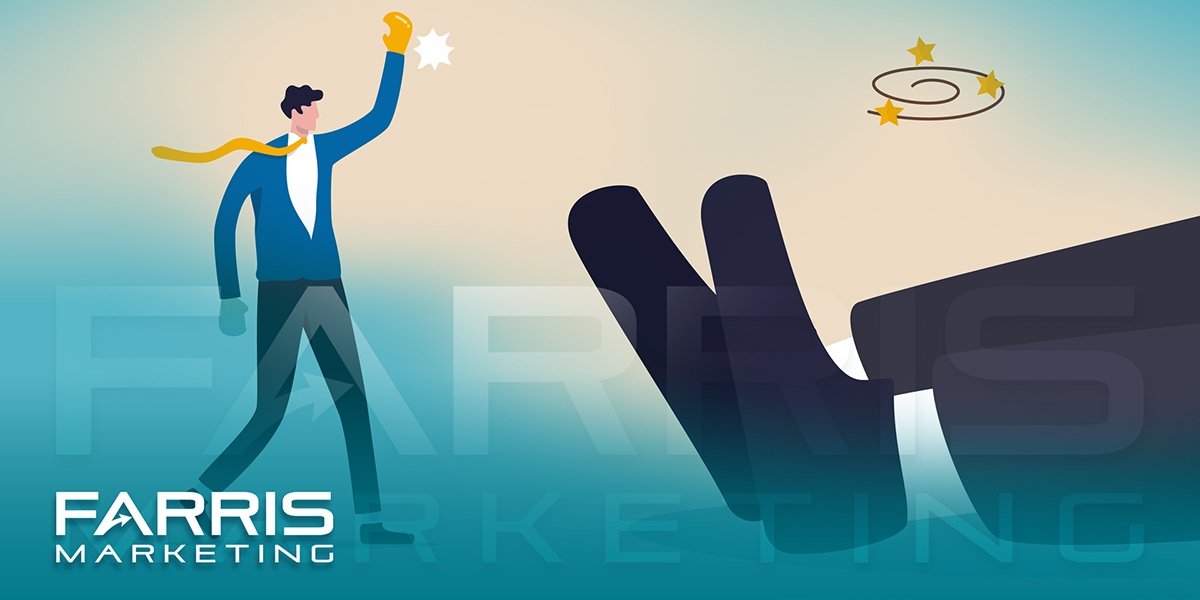FAQ A.K.A. FREQUENTLY ASKED QUESTIONS
It all started with FAQs. At some point among the collective genius of Web site designers and strategic thinkers in many organizations, someone said, “Hey, why don’t we take the questions we get asked most and Put the answers on our website.”
It was more than an “ah huh!” moment, but not quite like cave dwellers discovering fire. More like the NFL discovering that Taylor Swift watching her boyfriend Travis Kelce at Kansas City games increased female viewership and sales of team merchandise.
But Frequently Asked Questions (FAQ’s) have become an expected part of websites for most service-related companies. Humans spending less time explaining things saved payroll and that seemed like a good thing.
TEXT, TALK, EMAIL OR CHAT?
Many people prefer to text or email rather than call other humans. I’m guilty of that on occasion. Saving time is again the reason. And chat on websites seemed to allow operators answer multiple questions quickly.
Automated chats were introduced not long ago and they do seem to work well. Take your FAQs, teach your bots to answer them and there you go. There have been a few hiccups of course but overall, these developments have been a good thing and seemed to help customers and prospects buy and use products and services.
Like any addict, some companies tend to grab on to something that works for them and over use. They move from using human interaction for customer service “less” to “let’s avoid using human interaction completely” whenever possible, and that’s when the advantage turns into a disadvantage.
CUSTOMER SERVICE IS MARKETING
Customer Service is a key part of marketing and can sink your ship quickly when customers take to Google Reviews and social media to blast what appears to be your refusal to help or even acknowledge their problem. In your defense, you say you didn’t know their problem was not being fixed. But when the problem is not addressed by FAQs on Chatbots, many consumers are frustrated they can’t reach a human —a.k.a. someone in charge.
Chatbots and FAQs can offer instant answers and resolutions to common questions, reducing waiting times and improving accessibility. But they can’t respond to emotional nuances or handle complex issues which can be frustrating for customers experiencing negative emotions. Many consumers still prefer the personal touch and problem-solving abilities of human agents, especially for complex issues.
ROBOTS WITH A REAL PERSON OPTION
So, offer both. At some point in the help-seeking process — perhaps after a set time limit or when certain key words are recognized, offer the help-seeker some human help.
SECURITY AND THE 2-FACTOR RELIGION
Lastly, let’s talk about security.
Companies have adopted Two-Factor Authorization (2FA) like it’s a radical religion. Recently, a bank I’ve used for 35 years refused to give me access to one of my business accounts because the cell phone listed for 2FA had been cancelled when my partner retired.
Friends, please take a pill. Go slowly and talk with other humans. Customer service is a key part of marketing. Doing it right can increase sales and profits. Doing it wrong and you may be talking to the chatbot at the unemployment office.
##













Comment